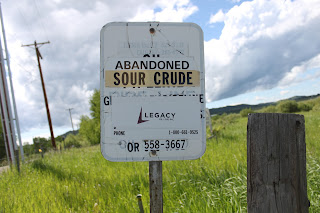California dam forces 200 000 from homes
The Oroville Dam in northern California continues to give
authorities headaches. Last Tuesday a gaping hole appeared in the spillway. It
quickly grew to over 300 feet across and the water further eroded the spillway.
The dam operators could not shut down the spillway as rain
storms had filled the dam. Water continued to pour down the broken concrete
conduit at the rate of 100 000 cubic feet per second. As more of the
surrounding hillside became eroded, it was decided to use the emergency
spillway. It allows the water to spill over a concrete lip, down the hill and
into the Feather River. The emergency route is not paved.
Sunday as the ground below began to erode badly, an
evacuation order went out to communities below the dam. With only a few minutes
to leave many were unprepared to stay away for long but many jumped into
vehicles, creating a major traffic jam. The jam did not clear for hours during
which time some ran out of gas and some filling stations ran out of fuel.
500 inmates at a local jail also had to be evacuated.
The rain in the area has held off until at least Wednesday,
giving repair crews some time to begin shoring up the spillway. Currently the
unpaved, emergency route is not being used. Other crews are preparing giant
bags of rocks to dump into the eroded areas.
People remain out of their homes. There was fear that if the
mitigation efforts failed, a wall of water 30 feet high would sweep down the
valley.
Some may ask why an aging dam would have such a low tech
safety backup. According to the Mercury News, others had asked the question
over a decade ago. Presentations were made to the federal authorities who would
have had to foot the bill for an overhaul. They were dismissed.
Nature has relented for the time being. Another series of
rainstorms is expected by Wednesday evening.
Further reading:


Comments
Post a Comment